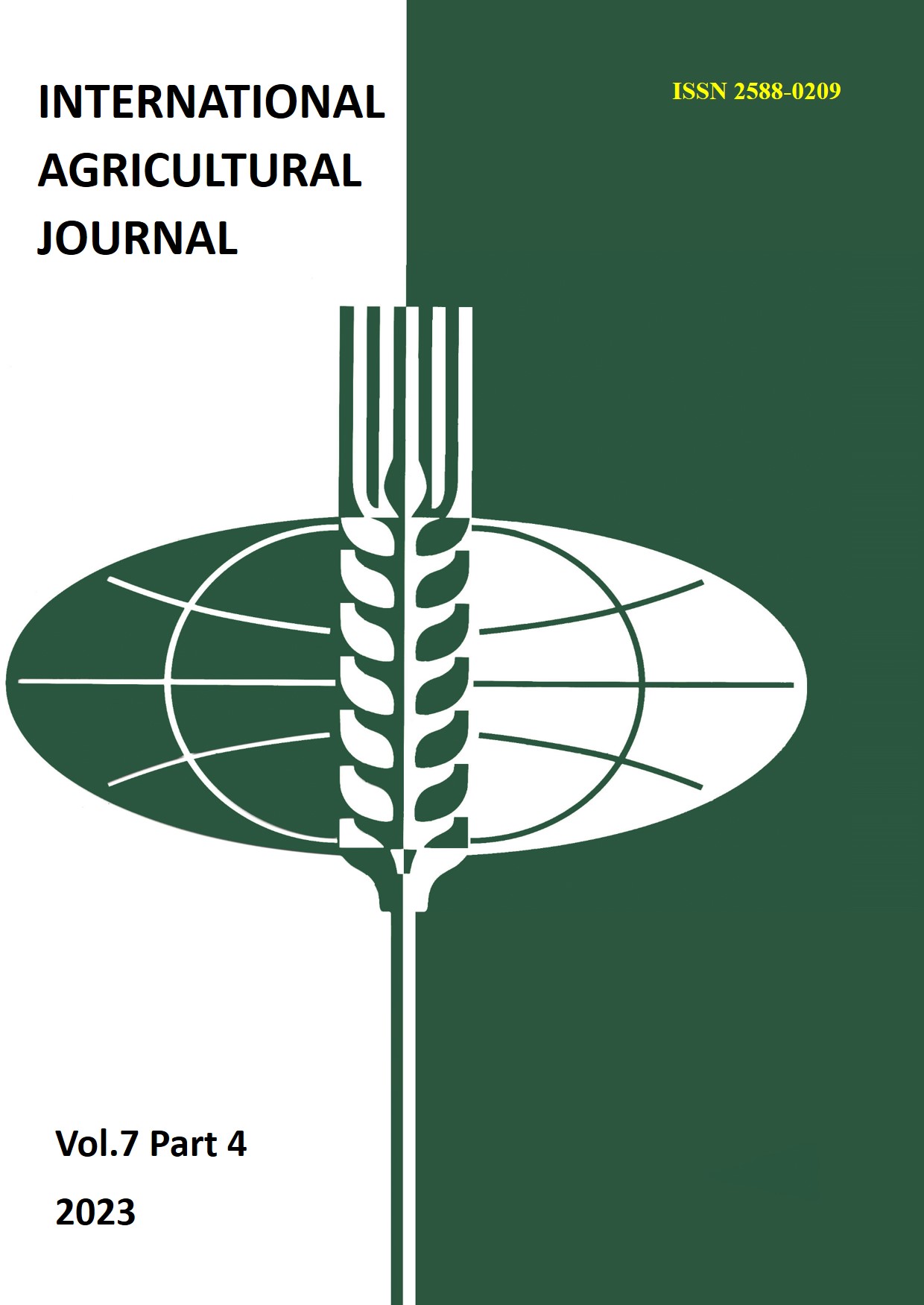DATABASES ON GREENHOUSE GAS EMISSIONS FROM AGRIFOOD SYSTEMS
Main Article Content
Abstract
Formation of reliable sources of information on greenhouse gas emissions from agri-food systems is necessary to substantiate the strategy and tactics of their low-carbon transformation. In this paper, modern and widely used in practice databases on the carbon footprint of national agro-food systems are considered: FAOSTAT, bases of the European mission Copernicus, EDGAR-FOOD and WRI-CAIT (in the field of agriculture). The national system for monitoring and accumulating data on carbon emissions and balances in terrestrial ecosystems will provide an opportunity to obtain independent information on Russia's impact on climate change. Only an independent information and analytical system can be the basis for making government decisions in the field of low-carbon development in our country. Such a system is also being developed in Russia. The article touches upon the main capabilities and tasks of the information-analytical system "Uglerod-E", developed on the basis of the Institute of Space Research, for modeling the dynamics of the carbon balance of territorial agro-food systems.
Article Details
References
2. Change, Intergovernmental Panel On Climate. IPCC: Climate change, 2014.
3. Alexandratos, N. and J. Bruinsma. 2012. World agriculture towards 2030/2050: the 2012 revision. ESA Working paper No. 12-03. Rome, FAO.
4. Menegat S., Ledo A., Tirado R. Greenhouse gas emissions from global production and use of nitrogen synthetic fertilisers in agriculture //Scientific Reports. – 2022. – Т. 12. – №. 1. – С. 14490.
5. FAO. 2021. The share of food systems in total greenhouse gas emissions. Global, regional and country trends, 1990–2019. FAOSTAT Analytical Brief Series No. 31. Rome.
6. Peuch V. H. et al. The copernicus atmosphere monitoring service: From research to operations //Bulletin of the American Meteorological Society. – 2022. – Т. 103. – №. 12. – С. E2650-E2668.
7. Jutz S., Milagro-Pérez M. P. Copernicus: the European Earth Observation programme //Revista de Teledetección. – 2020. – №. 56. – С. V-XI.
8. Herforth A. et al. Cost and affordability of healthy diets across and within countries: Background paper for The State of Food Security and Nutrition in the World 2020. FAO Agricultural Development Economics Technical Study No. 9. – Food & Agriculture Org., 2020. – Т. 9.
9. Crippa M. et al. Food systems are responsible for a third of global anthropogenic GHG emissions //Nature Food. – 2021. – Т. 2. – №. 3. – С. 198-209.
10. Crippa M. et al. Air pollutant emissions from global food systems are responsible for environmental impacts, crop losses and mortality //Nature Food. – 2022. – Т. 3. – №. 11. – С. 942-956.
11. Dittmer K. M. et al. How good is the data for tracking countries’ agricultural greenhouse gas emissions? Making use of multiple national greenhouse gas inventories //Frontiers in Sustainable Food Systems. – 2023. – Т. 7.
12. Sukhoveeva O. et al. Greenhouse gases fluxes and carbon cycle in agroecosystems under humid continental climate conditions //Agriculture, Ecosystems & Environment. – 2023. – Т. 352. – С. 108502.

